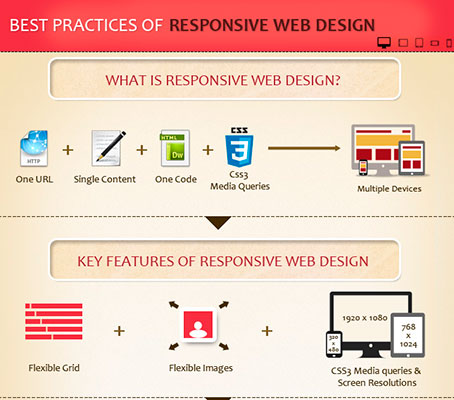Web Site Layout Essentials: Tips For Structure A User-Friendly Website
Web Site Layout Essentials: Tips For Structure A User-Friendly Website
Blog Article
Content Produce By-Wiley Ehlers
When it comes to internet site design, guaranteeing user-friendliness is crucial. From responsive style to structured navigating, every component plays a critical function in developing a site that caters to your audience's needs. But what regarding the better information that can make or damage a customer's browsing experience? Stay tuned as we uncover some often-overlooked ideas that can boost your web site's functionality to the next degree, making it really stand out in the digital landscape.
Importance of Responsive Style
Responsive layout is a crucial element of modern web site development. Guaranteeing your web site is responsive methods that it can adapt to different screen dimensions and devices, offering a seamless experience for users.
With Digital Marketing Agency Quotes raising use of smartphones and tablets to access the web, having a responsive design is crucial for reaching a bigger audience. Find Out More helps in enhancing individual experience by making your website simple to navigate and read on any tool.
In addition, receptive style can positively influence your online search engine rankings, as search engines like Google focus on mobile-friendly websites. By having a responsive style, you're also future-proofing your web site, as new devices with differing display dimensions continue to emerge.
Simplify Navigating Framework
To enhance individual experience and help with easy access to details on your web site, enhancing the navigation framework is extremely important. When making your site, concentrate on creating a clear and intuitive navigation menu that aids site visitors find what they're searching for rapidly.
Limit the variety of food selection products to the essentials, organizing related pages together to avoid frustrating users. Use descriptive labels that clearly show the web content of each page, making it easier for customers to comprehend where each web link will take them.
Think about applying dropdown menus for subcategories to prevent cluttering the primary navigation bar. Additionally, include a search bar prominently on the page for customers that like looking for certain info.
Prioritize mobile responsiveness in your navigation style to ensure simple gain access to on all gadgets.
Maximize Page Tons Rate
Improving page tons speed is important for keeping site visitors on your website. Slow-loading pages frustrate customers and can bring about high bounce rates. To maximize web page lots speed, start by maximizing images. Press pictures without compromising high quality to reduce their data sizes.
Additionally, enable web browser caching to save regularly accessed sources locally, speeding up load times for returning visitors. Minify CSS, JavaScript, and HTML data by removing unnecessary characters, comments, and format, boosting load rate.
Consider utilizing a web content distribution network (CDN) to distribute your site's content across multiple servers worldwide, reducing latency for users accessing your website from different locations. Finally, restrict making use of third-party manuscripts and plugins, as they can considerably affect tons times.
Final thought
Finally, by including receptive style, simplifying navigating, and enhancing web page tons rate, you can create a straightforward website that attract a wider audience and boosts individual experience. These essential elements ensure that visitors can easily access and browse your website throughout various tools, leading to boosted interaction and satisfaction. By concentrating on these crucial aspects, you can build a successful website that keeps users returning for more.
